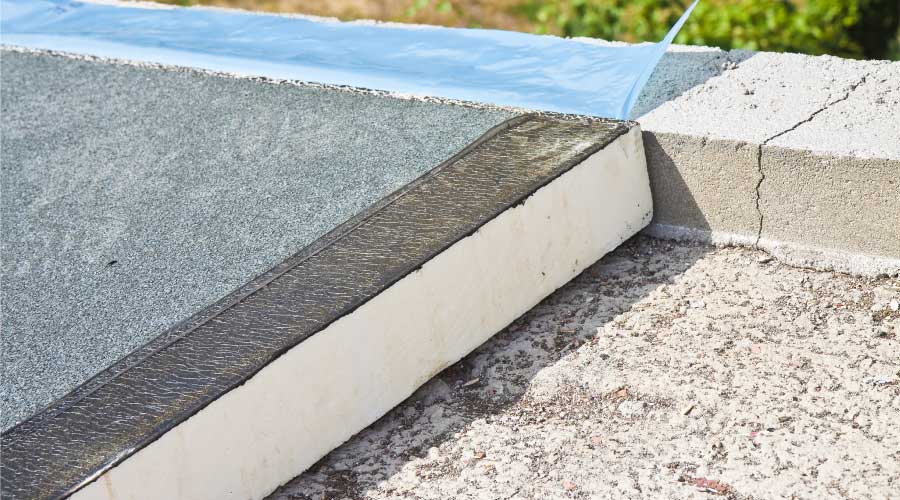As Microsoft Has Brought Fault Detection And Diagnostics Online, Management Of Assets Has Improved
The new software has been rolled out across most of the Microsoft campus — first as a pilot, then on a full-speed-ahead deployment — and data has begun flooding in, especially since the full rollout began in December of 2011. As the fault detection and diagnostics came online in building after building, it lit up with assets that weren't functioning properly — an air handler over here, a water system over there — that, in many cases, were fixed with a minimum of fuss and expense.
Again: Small things, for the most part. But small things add up and add up quickly, such as in the case of VAVs. While a stuck damper may not be that big of an expense, it can certainly lead to a big expense if the air handler is providing more cooling than necessary due to a false reading. Smith says that in 40 percent of VAVs, the building automation system was saying that the dampers were closed, but the new system determined the dampers were actually open 20 to 40 percent.
"That's maybe a $30 wasted energy cost a year" per VAV, says Smith, "but we have 20,000 of these across campus."
Commissioning and Reporting
What the facilities department and the company overall quickly figured out was that by being able to finally manage all of the buildings and all of the building assets in a cohesive way, the opportunities were just about limitless.
"When we started deploying it and started seeing the impact, it was clear that it was a pretty big deal," says Pittenger.
The opportunities the software offers aren't just helpful when it comes to reporting faults, although it has certainly paid off in that regard. There are two other areas where it is making a big difference: commissioning and reporting.
When the buildings weren't centrally managed, commissioning was an on-site process for each building. Two facility engineers would spend two weeks in each building on the campus, tuning the systems and fixing any performance issues to get the building in peak condition. Then they'd move onto the next one. At two weeks in each building, it took them 250 weeks — five years — to make their way through the entire campus. Then they'd start over.
It worked; they would see energy savings of up to 20 percent each time they commissioned a building. But, with the automated system in place, commissioning and energy management is much more streamlined.
"I can get to the whole campus in less than a year," Smith says. "And I go deeper, so instead of going to 200 assets per year, we can go to 30,000 assets, because we have all the data in front of us. We don't have to put data loggers on, we don't have to walk the site and do manual readings or set up trend logs in the building system. It's all here."
Related Topics:















